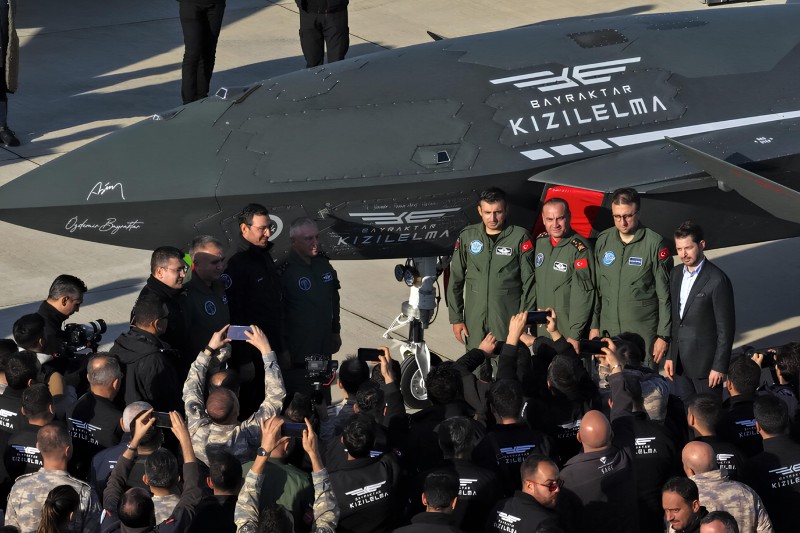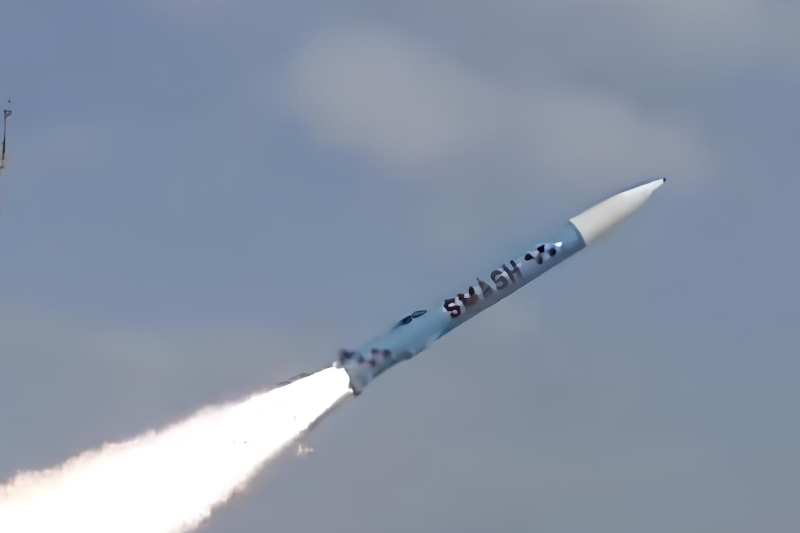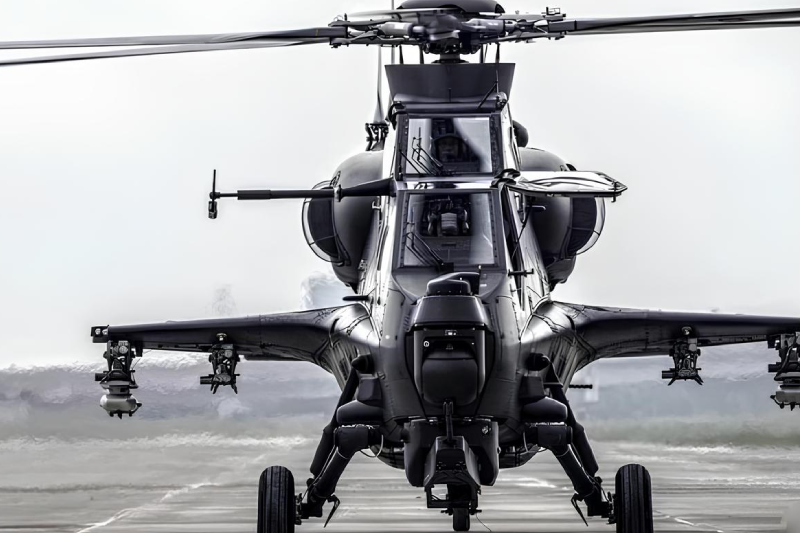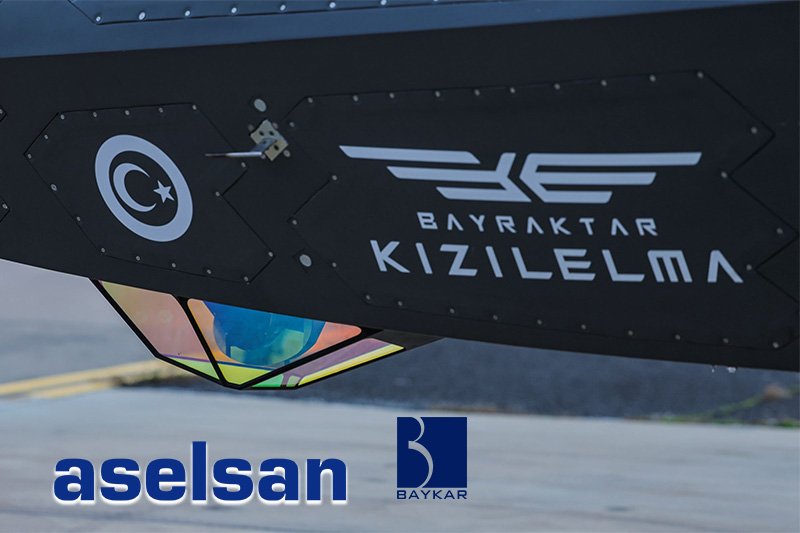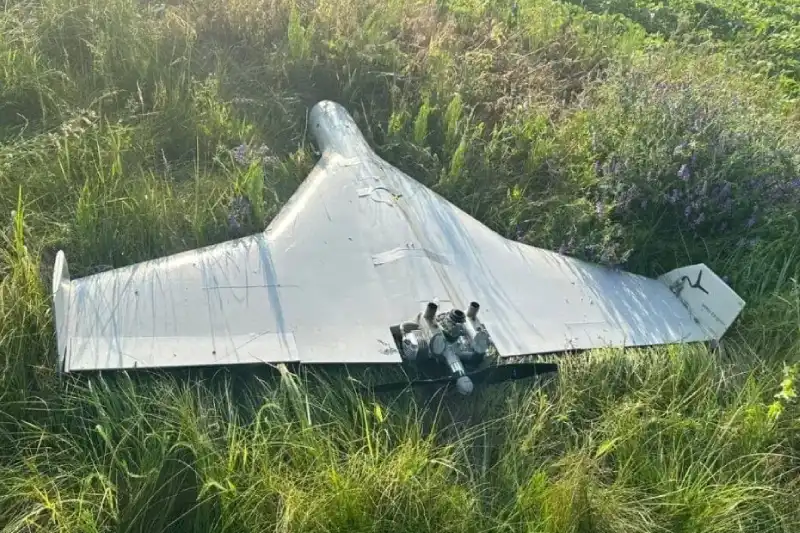Russia Unveils Compact Kamikaze Drone Inspired by Iranian Shahed
Russian military forces have introduced a new type of loitering munition that bears striking visual resemblance to Iranian-made Shahed drones but features a compact design optimized for short-range tactical strikes. This development represents a significant evolution in Russian drone warfare capabilities, adapting proven Iranian technology for battlefield applications requiring greater maneuverability and stealth.
Ukrainian military expert Serhiy Beskrestnov, widely recognized by his callsign “Serhiy Flesh,” has reported active deployment of these one-way attack drones in recent Russian operations. The introduction of these smaller variants demonstrates Russia’s continued efforts to diversify its unmanned aerial vehicle arsenal while adapting to evolving battlefield conditions and Ukrainian countermeasures.
The new compact drone platform appears to offer two distinct operational variants designed for different mission requirements. The reconnaissance model operates without a warhead, focusing on intelligence gathering and target identification capabilities. The strike version carries an explosive payload capacity of up to 15 kilograms, providing substantial destructive potential for tactical targets.
Beskrestnov emphasized that these systems are “controlled like FPV drones,” indicating direct operator control rather than the pre-programmed flight paths typically associated with larger Shahed variants. This control method provides enhanced precision and adaptability during combat operations, allowing operators to adjust targeting in real-time based on battlefield conditions and emerging opportunities.
While maintaining visual resemblance to Iranian Shahed-type systems, the compact variants represent a distinct departure from their larger predecessors in terms of operational scope and tactical application. The smaller form factor enables deployment in scenarios where traditional Shahed-136 systems would be impractical or ineffective due to size constraints or detection risks.
Ukrainian sources initially misidentified these weapons as standard Shahed drones during early encounters, highlighting the deliberate design similarity that could complicate identification and countermeasures. This visual deception may provide tactical advantages by confusing enemy air defense systems and intelligence assessments about Russian drone capabilities and deployment patterns.
Social media reports indicate that Russian forces have already employed these compact drones in operational strikes, including an attack on a mobile Ukrainian radar station in the Chernihiv region. This deployment demonstrates the system’s effectiveness against high-value tactical targets that require precise engagement capabilities beyond the scope of conventional artillery or larger drone systems.
The successful engagement of radar installations suggests that these compact drones may be particularly effective against air defense systems, communication equipment, and other critical battlefield infrastructure. Their smaller size and FPV-style control make them harder to detect and intercept compared to larger loitering munitions.
The development of compact Shahed-like drones represents Russia’s strategic response to Ukrainian air defense improvements and evolving battlefield dynamics. As Ukrainian forces have developed increasingly effective countermeasures against larger Shahed-136 systems, Russian military planners have sought alternative platforms that can penetrate defensive networks more effectively.
The smaller profile and enhanced maneuverability of these compact variants may allow them to exploit gaps in Ukrainian air defense coverage that larger systems cannot access. This tactical adaptation reflects the ongoing technological arms race between offensive drone capabilities and defensive countermeasures that has characterized the conflict.
Unlike the long-range Shahed-136 systems employed in large-scale strikes against Ukrainian cities and infrastructure, these compact variants are specifically designed for tactical battlefield applications. This diversification strategy enables Russian forces to deploy appropriate drone systems for specific mission requirements, from strategic infrastructure attacks to precise tactical strikes.
The introduction of multiple drone variants within the same visual family may complicate Ukrainian defensive planning by forcing air defense systems to prepare for threats with different flight characteristics, payload capacities, and engagement profiles. This tactical complexity could strain Ukrainian air defense resources and decision-making processes.
The compact drone development likely represents a combination of Iranian technology transfer and indigenous Russian innovation, reflecting the deepening military cooperation between Moscow and Tehran. Russian defense manufacturers have demonstrated capability to adapt foreign technologies to meet specific operational requirements while maintaining production independence.
This technological adaptation process may accelerate Russian drone development capabilities, potentially leading to further innovations in loitering munition design and deployment strategies. The success of these compact variants could influence future Russian investments in unmanned aerial vehicle research and development programs.
The deployment of compact Shahed-like drones highlights the rapid evolution of drone warfare tactics and the continuous adaptation cycle between offensive capabilities and defensive countermeasures. Russian development of specialized variants for different operational scenarios demonstrates the maturation of loitering munition technology and its integration into conventional military operations.
This tactical innovation may influence other military forces to develop similar compact loitering munition systems, potentially accelerating global proliferation of these technologies. The effectiveness of these systems in Ukrainian operations will likely inform future drone development programs and procurement decisions among military forces worldwide.
Also read this: Estonia’s €200M Deal with MBDA Signals Stronger Air Defense Strategy
The success of compact Shahed-like drones may encourage further miniaturization and specialization of loitering munition systems, creating new challenges for air defense systems designed to counter larger threats. Ukrainian forces will need to adapt their defensive strategies to address multiple drone variants with different flight characteristics and engagement profiles.
The ongoing development of these compact systems suggests that the drone warfare component of the conflict will continue evolving, with both sides pursuing technological advantages through innovation and adaptation. This dynamic environment will likely drive continued investment in both offensive drone capabilities and defensive countermeasures.
Join us on Facebook, Twitter, YouTube, Instagram, and TikTok for real-time coverage of defense events worldwide.
Discover more from International Defence Analysis
Subscribe to get the latest posts sent to your email.


